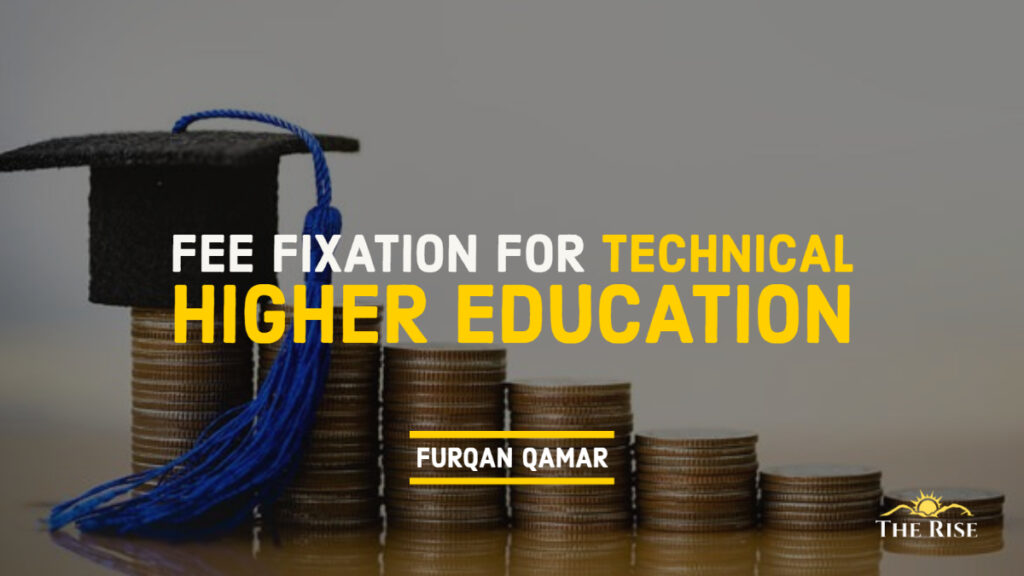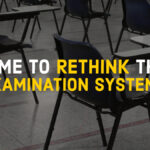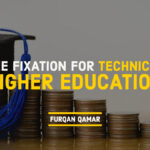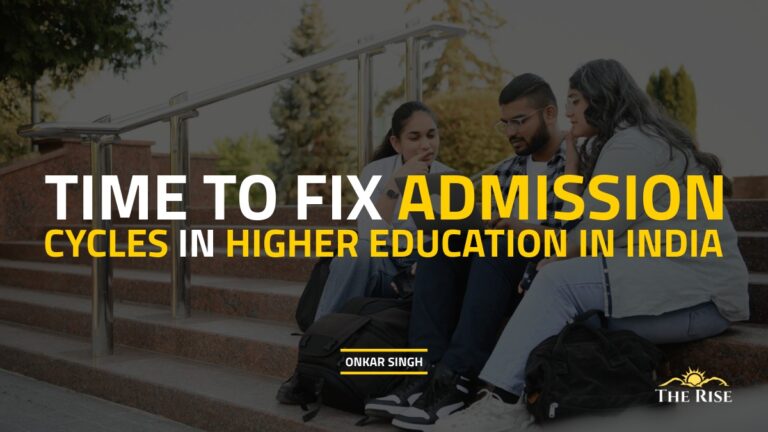Why must AICTE desist from the temptation of being too prescriptive?
Prescribing a precise amount of fees may well be construed as if the council is exceeding its mandate of prescribing the norms and guidelines for charging tuition and other fees. Pricing regulation assumes particular significance in the context of the higher educational institutions, which are, as yet expected to operate as not-for-profit entities. They are prohibited from profiteering or indulging in crass commercialization. Nonetheless, unable to fill their sanctioned intake, many institutions do not invest in labs, physical facilities, infrastructure, and human resources and, thus, find themselves trapped in the vicious cycle of mediocrity. Fixing a mandatory minimum level of fees would favour such institutions but cannot be said just for the students.
Going by the media reports, the All India Council for Technical Education (AICTE) has submitted a proposal for approval to the Ministry of Education (MoE) to prescribe a revised fee structure for different programmes of studies in the technical higher educational institutions. The media has been abuzz with the possibility that the council is likely to prescribe a minimum level of fees that must be charged from students.
Apparently, the council had approached Justice Srikrishna Committee to revisit its 2015 report to suggest a revised fee structure for various programmes of studies under its domain. Constituted originally in 2014, this committee had built on the draft report of Justice Rangnath Mishra Committee, which was constituted in 2012, and delineated a detailed methodology for determining the optimum level of tuition and other fees. This committee had gone on to work out, with a great deal of precision, the maximum fees that the technical institutions could charge from their students pursuing different programmes of studies.
Realizing that the ceiling limit for fees has to be a dynamic process, the committee had clearly mentioned that the fees prescribed by it shall be valid for a maximum of five years and even within those five years the institutions would be permitted to raise their fees by five percent annually. It’s been over seven years since the committee had submitted its report and it appears quite reasonable for it to revisit its recommendations as the seventh pay commission and many other variables have caused an upward spiral in the cost of education.
Also Read: Challenges of Designing a New Regulatory Framework in Higher Education
Technically speaking, AICTE appears within its rights to prescribe fees chargeable by the technical institutions under its domain. It is empowered by the Act to take all such steps as may think fit for the coordinated and integrated development and maintenance of standards. In specific terms, the AICTE Act empowers the council to “fix norms and guidelines for charging tuition and other fees” as well as “to take necessary steps to prevent commercialization of (in) technical education”.
Prescribing a precise amount of fees may well be construed as if the council is exceeding its mandate of prescribing the norms and guidelines for charging tuition and other fees.
However, prescribing a precise amount of fees may well be construed as if the council is exceeding its mandate of prescribing the norms and guidelines for charging tuition and other fees. Secondly, if the AICTE prescribes a minimum threshold level of fees that the technical institutions must charge from their students, as is being guessed by the media, will the council end up promoting, rather than preventing, commercialization in technical education?
Also Read: Brain Drain: An Apparent Loss to the Nation May Prove Lasting Gain to the Profession
The higher education market in India, particularly professional and technical education, is characterized by a large number of higher education providers with minimal entry and exit barriers, and even a much larger number of people aspiring for their products and services. This makes many believe that it represents a perfect market to ensure the survival of the fittest. A closer look, however, suggests that the higher education market bears characteristic features of oligopoly, monopoly, oligopolistic or monopolistic competition. Education providers are many but their products and services are seldom homogenous. Each differs significantly in terms of its quality. The analogy ‘a few islands of excellence floating in the sea of mediocrity’ is nowhere more correct than in the higher education sector.
Unable to fill their sanctioned intake, many institutions do not invest in labs, physical facilities, infrastructure, and human resources and, thus, find themselves trapped in the vicious cycle of mediocrity. Fixing a mandatory minimum level of fees would favour such institutions but cannot be said just for the students.
A predominant proportion of the higher educational institutions offer such a poor quality of technical education that over half of the intake capacity in the country remains untaken, as students do not find value for money. Unable to fill their sanctioned intake, such institutions are unable to invest in labs, physical facilities, infrastructure, and human resources and they find themselves trapped in the vicious cycle of mediocrity. In market terms, they are the price takers but they want regulators to come to their rescue and lament the very low level of fees fixed for them by the state-level fee fixation committee. Fixing a mandatory minimum level of fees would favour such institutions but cannot be said just for the students.
Also Read: How Feasible is Imparting Engineering Education in Vernacular Languages?
At the other end of the spectrum, a minuscule number of institutions that are perceived to be offering quality technical education attracts hordes of applications pushing up their seat to application ratio hundred times over. These, in terms of market analogy, are the price makers and may be tempted to capitalize on the opportunity and charge significantly higher fees. In fact, many of them may like this artificial scarcity so much that they might not want to add additional capacity.
Left to the market forces, some of them may even charge exploitative prices for their products and services and may use higher fee levels as a strategy to impress their brand equity. After all, the Veblen effect has been a tested price strategy for brand building not only by the purely commercial entities but also by the universities and higher educational institutions across the world.
Since higher education is too important to be left to the mercy of market forces, the regulators intervene to promote healthy competition to prevent the formation of monopolies and even monopolistic tendencies. It is considered essential to safeguard the interests of the consumers, and students, in case of the educational institutions.
Also Read: Academic Collaboration of Indian and Foreign Institutions Needs Soul-Searching
Pricing regulation assumes particular significance in the context of the higher educational institutions, which are, as yet expected to operate as not-for-profit entities.
Pricing regulation assumes particular significance in the context of the higher educational institutions, which are, as yet expected to operate as not-for-profit entities. They are, thus, organized either as a society or a charitable trust or as a Section 8 company. They are prohibited from profiteering or indulging in crass commercialization. They may make a reasonable surplus but only to plough it back for their maintenance and development alone.
Finally, higher education, including the professional and technical higher education being in the concurrent list is a joint and shared responsibility of the centre as well as states. They both can legislate on the matters of higher education. Even though the Union Government is exclusively empowered to ensure coordination and maintenance of standards, it would be in good taste and all the more practical if the AICTE prescribes broad guidelines for determining the fees structure while leaving the actual decision of deciding the fees within the broad frameworks to the state fee fixation committee.
Disclaimer: The views expressed in this article are of the author solely. TheRise.co.in neither endorses nor is responsible for them.
About the author
Dr. Furqan Qamar is a former professor of management at Jamia Millia Islamia and an education advisor in the Planning Commission, now NITI Aayog, is currently the Chief Advisor to the Chancellor at Integral University, Lucknow. He has been the former Vice-Chancellor of the University of Rajasthan and Central University of Himachal Pradesh and Secretary General of Association of Indian Universities..








































